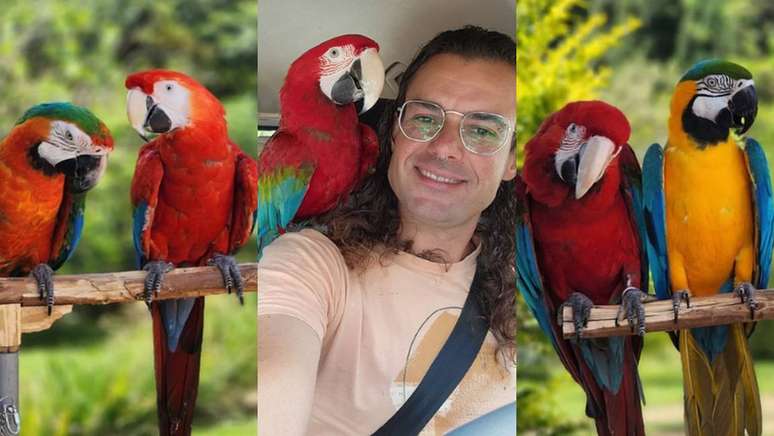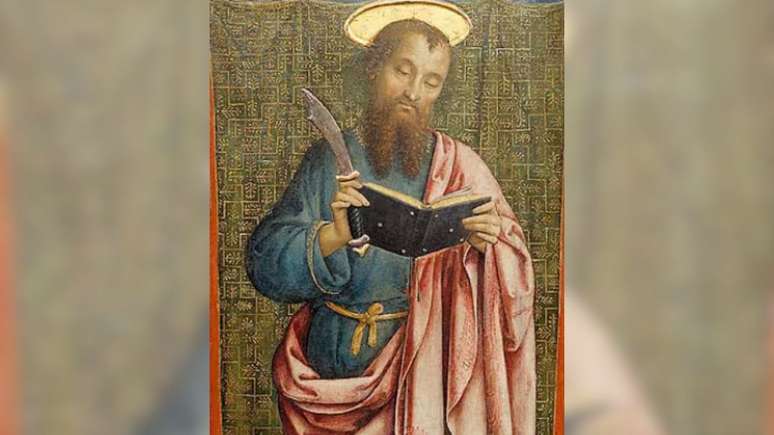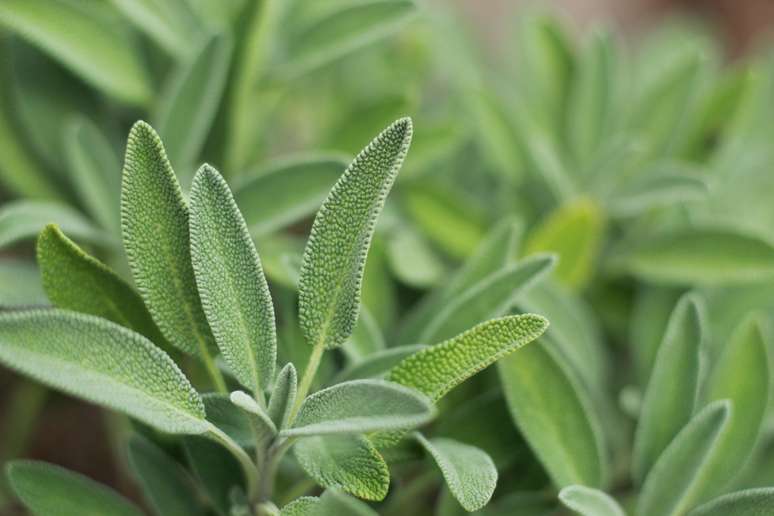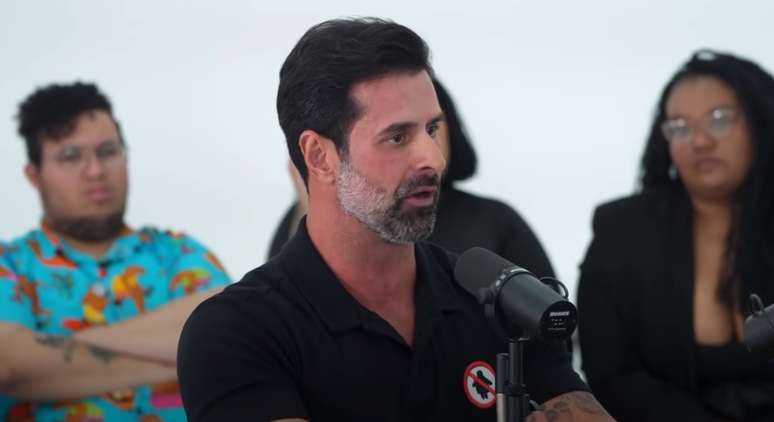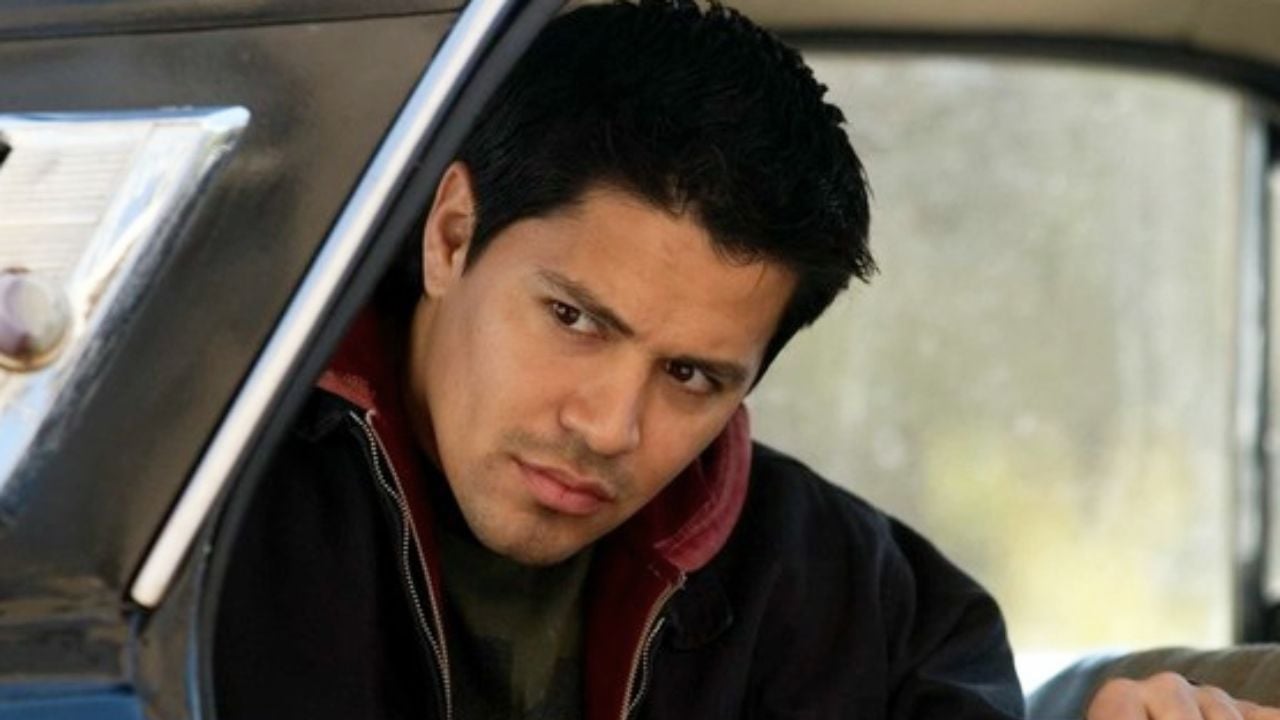‘Brazilian legislation is very complex. The first three litters cannot be marketed, they are used to maintain the species or send them to reintroduction projects’, explains Straus
Straus Michalsky, 37, is a professor and master’s degree in computer science at the University of São Paulo (USP). Born in the hinterland of Minas Gerais, he currently lives in the tourist resort of Poços de Caldas, in the same state. Hamster, tortoise, cat, dog and rabbit were some of the animals that crossed the professor’s life.
html[data-range=”xlarge”] figure image img.img-4efac9af19c845dc1cacb91480370e9fxxntk90d { width: 774px; height: 436px; }HTML[data-range=”large”] figure image img.img-4efac9af19c845dc1cacb91480370e9fxxntk90d { width: 548px; height: 309px; }HTML[data-range=”small”] figure image img.img-4efac9af19c845dc1cacb91480370e9fxxntk90d, html[data-range=”medium”] figure image img.img-4efac9af19c845dc1cacb91480370e9fxxntk90d { width: 564px; height: 318px; }
But with birds, love was different. The first Straus had was as a teenager, when a parrot chick fell out of the nest and the family took it in to care for it. Even after growing up and learning to fly, the parrot was always out and about, flying and coming home. When he sensed threats, such as noises from fireworks, soccer matches, or hawks, the animal returned to Straus.
“She was the one who taught me that I didn’t need to lock her up to share life with me as a pet,” he explained. “It was amazing, we didn’t expect that from her. She lived free, flew with her own crew, but had this addiction here at home.”
Straus also said it was with this parakeet that he learned he could have a free and happy pet. “She lived free like this. She lived free, but she had a bowl of food and her own cage to sleep in. She was also my first free flight teacher”.
Primo Macaw Canindé (Manu)
When Straus discovered that it was possible to buy a macaw, he lived in a republic in São Paulo, so there was no way to raise such an animal. It was while researching the purchase that he also discovered the free flight tactic.
Despite wanting an animal very much, the teacher realized that it was not possible to fulfill this dream at that moment and decided to save it for another opportunity.
After a job opportunity in the city of Poços de Caldas, Minas Gerais, the professor didn’t think twice and decided it was time to put his dream into practice. “I rented a house and said ‘well that makes sense now.’ I’ll have space and I’ll have time.”
This is how Manu came into Straus’ life. The canindé macaw, today, at 7 and a half years old, was the first of the group. He bought IBAMA, from a regularized and certified breeding.
As soon as he bought Manu, Straus already wanted to put into practice the little knowledge he had on free flight, but over time he realized that only with the information he had acquired on the internet it was not possible to train Manu, therefore, he would need to improve and study on the subject.
free flight course
While searching the Internet, Straus found American Chris Biro’s course and signed up for online classes. Lasting nine hours, the professor dedicated himself to the study and understanding of the behavior of the species.
“It was during the course that I began to understand that the animal is sociable, that alone it is not even happy. To satisfy social needs, it is important that it has others of the same species,” he said. “I began to understand that Manu was not happy alone, even though I spent a lot of time with her.”
It was then that Straus decided to buy two more birds and the couple Gilbert, a catalina macaw e Ache, the tricolor macaw has entered the family.
Despite adapting to flying techniques and living together, Manu ended up being left out, as the macaws live in pairs and since the couple was already together, she ended up being excluded.
“I did all this to find her company and in the end she was left alone. They put the two together (Gilberto and Dolores) and started beating her (Manu).”
Thinking about everyone’s well-being and social life, Straus realized that he needed another bird and so he bought the Thaddeus, a red macaw. “Now there are two couples, they get along well, but each has its own corner and cage.”
The professor clarifies the importance of laws and controls for these animals, since he never encourages trafficking or illegal purchases.
“Brazilian legislation is very complex. The first three litters cannot be sold, they are used to maintain the species or send them to reintroduction projects. There is this legal path, which helps to maintain this genetic reserve of animals, which has already been he used these animals to introduce them into the wild. There’s a whole study,” he explains.
Understand the routine of Manu, Dolores, Gilberto and Tadeu
The teacher gives lessons at different times which allows for a very flexible routine. When she teaches in the morning, she spends the afternoon with the birds. If it’s at night, they’ve been out all day and will be asleep.
It strengthens to understand that it’s not just anyone who can and has this ability. “Every day I release them to do their little flight,” explains Straus.
It was during the free flight course that he learned the techniques for making birds fly, but to return to the rendezvous point he marked, which is now the new home, but when the flights are made in open places, the meeting point meeting could be Straus himself or something else.
The birds have washers with identification, as well as a regulated diet consisting of feed and vegetables, such as zucchini, carrots, etc.
How social networks have changed the lives of macaws
Straus never imagined that he would gain so many social media followers. It all started because before he used his personal profile to share Manu’s clicks, the first bird and his friends started complaining.
“People started complaining and I realized I had to separate mine, because it became one. Owl daddy, right, I post 15 pictures a day of her,” she joked.
The first user Straus created was ‘vai Manu’, which referred to the first bird, but as the family grew, he needed another name and ‘Araras Viajantes’ emerged.
It was during the pandemic and the rise of Tiktok and short videos that Straus started gaining exposure on social media. “I started playing games, making little videos, getting into trends, and that’s when the business took on these proportions.”
Straus also says that while having the cute and humanized part of animals, he tries to create a more serious content. “I try to show that it’s a complex animal, that it’s an animal that flies, that you have to respect it,” he explains. “I try not to romanticize it too much.”
“The traveling macaw project aims to demonstrate that the macaw can indeed be a pet, as long as we respect the animal’s biology and that involves a lot.”
In addition to the two pairs of macaws, Straus has other animals, such as the pair Jandira and Jaime, who are true jandais, the sextet Belmiro, Benedito, Belchior, Betânia, Berenice and Bernardete, who are red-bellied parrots.
Trips
Straus loves to travel and whenever he hits the road, the whole gang goes with him. The last adventure was in Bahia, where the professor spent more than 30 days on the road with the four macaws and their little dog. All animals properly protected by transport boxes.
But not everything is always flowers, indeed, nozzles, since Straus has already faced some perrengue with the family.
In one episode, the four macaws were free and flying to Morro do Pai Inácio, in the Chapada Diamantina, and it was then that a hawk separated one of them from the group. Everyone went into a corner, fleeing the hawk, and Straus stayed for about four hours to round up the whole gang.
Source: Terra
Ben Stock is a lifestyle journalist and author at Gossipify. He writes about topics such as health, wellness, travel, food and home decor. He provides practical advice and inspiration to improve well-being, keeps readers up to date with latest lifestyle news and trends, known for his engaging writing style, in-depth analysis and unique perspectives.

